According to studies, several factors contribute to the development of rosacea. Links have been established with intestinal conditions, microorganisms, and the immune status of the skin.
Food
Unfortunately, the link between diet and rosacea hasn't been the subject of much research. However, it has been found that many of the aggravating foods have a high glycemic index . Some websites report good results with sugar-free, low-glycemic, and anti-candida diets.
To limit rosacea flare-ups, the most interesting dietary recommendations are therefore the following: (1)
• Eliminate the aggravators that make you react (trial and error). A food diary is a good tool to target your aggravators.
• Reduce the glycemic load of your diet (avoid sugary foods and significantly reduce starchy foods).
• Consume foods rich in omega 3 , which appear to provide some protection.
An alkalizing diet, therefore richer in vegetables and fruits , should also, logically, improve the condition of the skin by reducing inflammation. Some naturopaths claim to obtain significant results in their clients thanks to this type of diet. (2)
A diet that promotes good intestinal transit ( rich in fiber, prebiotics and probiotics ) improves intestinal health and therefore, probably, that of the skin.
An intestinal link?
Dysbiosis
Already in the 1970s, publications established a connection between variations in the intestinal mucosa and several types of dermatitis. (1,2)
More recently, researchers have shown a credible link between dysbiosis (intestinal colonization by bad bacteria) and rosacea . These researchers first evaluated patients with rosacea and compared them with control subjects. Dysbiosis was present in 52/113 patients compared to only 3/60 in the controls. Then, they gave 28 patients a specific antibiotic, rifaximin (not currently available in Canada), which appears to have the ability to eradicate dysbiosis. 20 of these patients saw their lesions disappear and 6 showed significant improvement. Of the 20 patients who received a placebo, 18 observed no change and 2 experienced a worsening. This seems to confirm the connection between rosacea and gut health . (3)
H. pylori
Another connection between the digestive system and rosacea appears with Helicobacter pylori. H. pylori is the stomach-colonizing bacterium that is implicated in the development of stomach ulcers and, potentially, cancer. Several researchers have established a significant link between H. pylori diagnosis (seropositivity) and rosacea. Similarly, eradication of the bacteria in the stomach often results in an improvement in facial symptoms. (4)
Intestinal transit
In 2004, Dr. SN Kendall reported the case of a patient with rosacea who saw his condition disappear following the improvement of his intestinal transit . This patient suffered from chronic constipation (...). In addition, this person suffered from migraines and headaches which also disappeared. (...) The author mentions that this "diet" (which promotes intestinal transit) reduced intestinal inflammatory factors and that this reduction led to skin improvement. (5)
These publications allow us to assume a link between a poor intestinal flora (dysbiosis), the production of intestinal inflammatory factors and the development of skin inflammation conditions such as rosacea . Now it remains to be seen what the right tools are to improve intestinal and skin health: diet, probiotics, activated charcoal, prebiotics , other supplements? Time will tell.
Stowaways
The skin is normally colonized by a multitude of bacteria and other microorganisms that are called "commensals." This term means "organism that lives and feeds near another of a different species without harming it" (Antidote). In many skin conditions, hair follicles are colonized by non-commensal (less friendly ) microorganisms that cause inflammatory reactions . For example, Propionibacterium acnes thrives in the presence of acne and increases its symptoms by causing an inflammatory reaction .
In the case of rosacea, two foreign organisms have been identified : a bacterium, Bacillus oleronius, and a microscopic mite parasite, Demodex (Demodex folliculorum and D. brevis) (see wiki photo https://fr.wikipedia.org/wiki/Demodex). These microorganisms (bacteria and parasite) live in symbiosis. They are naturally present in humans, but their population increases in people with rosacea. These bugs live in the hair follicle and secrete substances that generate the inflammation that causes rosacea. (6)
Skin immunity
Rosacea appears to develop when skin immunity is deficient. Indeed, inflammation is one of the components of immunity and several of the mechanisms involved in rosacea are linked to inflammatory mediators, cathelicidins. These molecules are peptides (chains of amino acids) that can have pro-inflammatory, vasodilatory, etc. roles. (7) Not only do people with rosacea produce more of these mediators, but they are also more inflammatory than those found in healthy people. (7)
On the other hand, in the same family of molecules (cathelicidins), some have beneficial roles: we find some that are both anti-inflammatory and antibacterial mediators. These molecules are under the control of vitamin D3. (8,9) Some researchers therefore suggest using vitamin D3, or even optimizing blood levels (75-150nmol/L) , to control the expression of these molecules and restore their ability to reduce inflammation and colonies of pathogens, such as Demodex and Bacillus oleronius. (10) No clinical studies have yet been published on this subject, but the logic is very interesting. Since vitamin D is very safe and has many other benefits, I would not hesitate to recommend it even if its effect on rosacea is not proven.
References:
1. Scott Olson, Can an Alkaline Diet Help Rosacea? On www.dermaharmony.com
2. Emer J, Waldorf H, Berson D. Botanicals and anti-inflammatories: natural ingredients for rosacea.Semin Cutan Med Surg. 2011 Sep;30(3):148-55. doi: 10.1016/j.sder.2011.05.007. Review. PubMed PMID: 21925368.
3. Marks J, Shuster S. Small-intestinal mucosal abnormalities in various skin diseases–fact or fancy? Gut. 1970 Apr;11(4):281-91. PubMed PMID: 4246791; PubMed Central PMCID: PMC1411402.
4. Fry L. The gut and the skin. Postgrad Med J. 1970 Nov;46(541):664-70. Review. PubMed PMID: 4250249; PubMed Central PMCID: PMC2467105.
5. Parodi A, Paolino S, Greco A, Drago F, Mansi C, Rebora A, Parodi A, Savarino V. Small intestinal bacterial overgrowth in rosacea: clinical effectiveness of its eradication. Clin Gastroenterol Hepatol. 2008 Jul;6(7):759-64. Epub 2008 May 5. PubMed PMID: 18456568.
6. Szlachcic A. The link between Helicobacter pylori infection and rosacea. J Eur Acad Dermatol Venereol. 2002 Jul;16(4):328-33. PubMed PMID: 12224687.
7. Kendall S.N. Remission of rosacea induced by reduction of gut transit time. Clin Exp Dermatol. 2004 May;29(3):297-9. PubMed PMID: 15115515.
8. Jarmuda S, O'Reilly N, Zaba R, Jakubowicz O, Szkaradkiewicz A, Kavanagh K. The potential role of Demodex folliculorum mites and bacteria in the induction of rosacea. J Med Microbiol. 2012 Nov;61(Pt 11):1504-10. doi:10.1099/jmm.0.048090-0. PubMed PMID: 22933353.
9. Yamasaki K, Gallo RL. Rosacea as a disease of cathelicidins and skin innate immunity. J Investig Dermatol Symp Proc. 2011 Dec;15(1):12-5. doi: 10.1038/jidsymp.2011.4. Review. PubMed PMID: 22076322.
10. Dombrowski Y, Peric M, Koglin S, Ruzicka T, Schauber J. Control of cutaneous antimicrobial peptides by vitamin D3. Arch Dermatol Res. 2010 Aug;302(6):401-8. Epub 2010 Mar 10. Review. PubMed PMID: 20221619.
11. Antal AS, Dombrowski Y, Koglin S, Ruzicka T, Schauber J. Impact of vitamin D3 on cutaneous immunity and antimicrobial peptide expression. Dermatoendocrinol. 2011 Jan;3(1):18-22. PubMed PMID: 21519404; PubMed Central PMCID: PMC3051848. Free full text
12. Schauber J, Gallo RL. The vitamin D pathway: a new target for control of the skin's immune response? Exp Dermatol. 2008 Aug;17(8):633-9. Epub 2008 Jun 28. Review. PubMed PMID: 18573153; PubMed Central PMCID: PMC2729115.

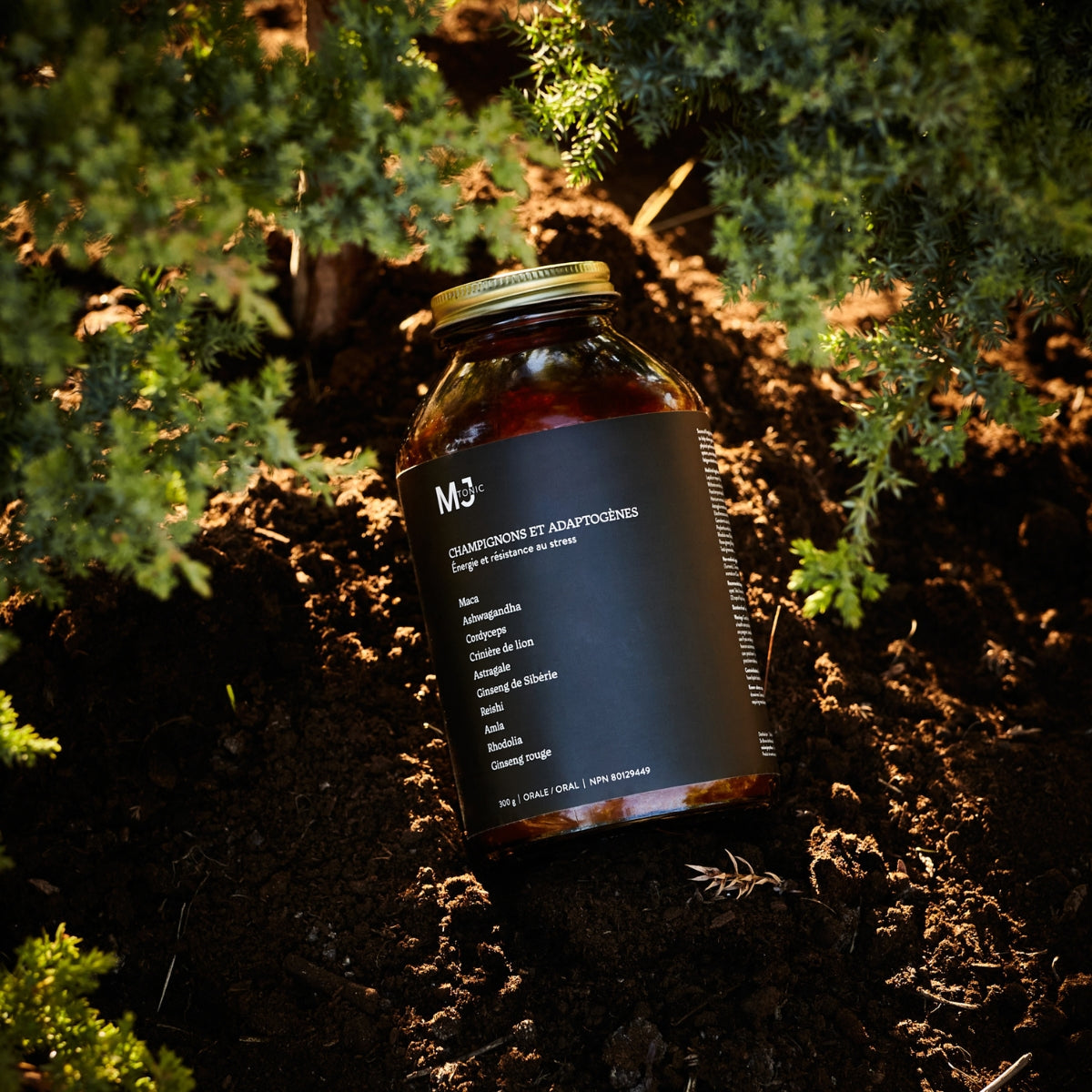


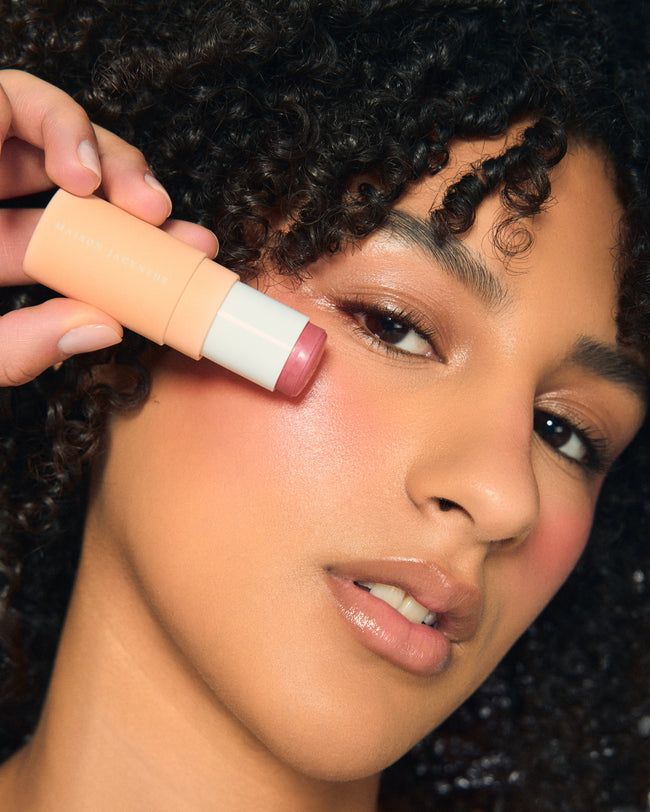

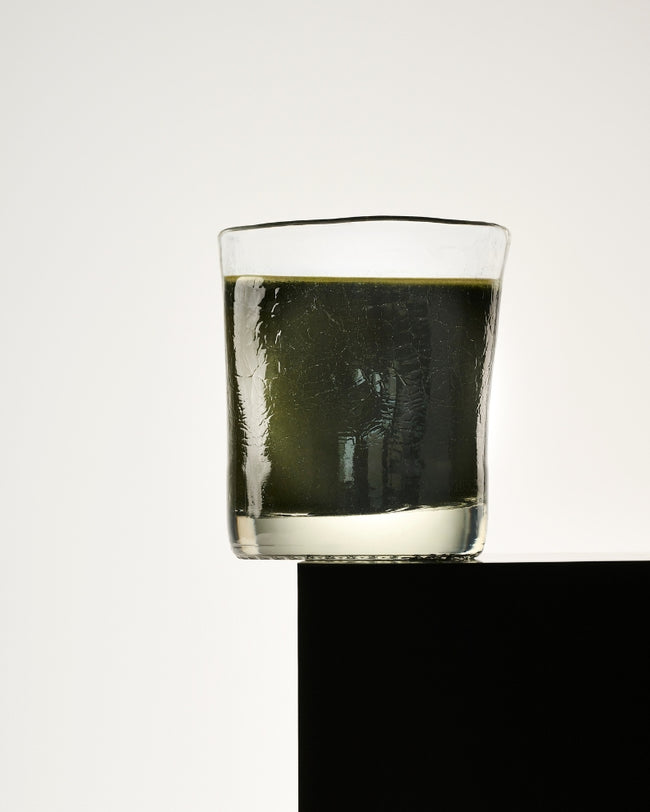





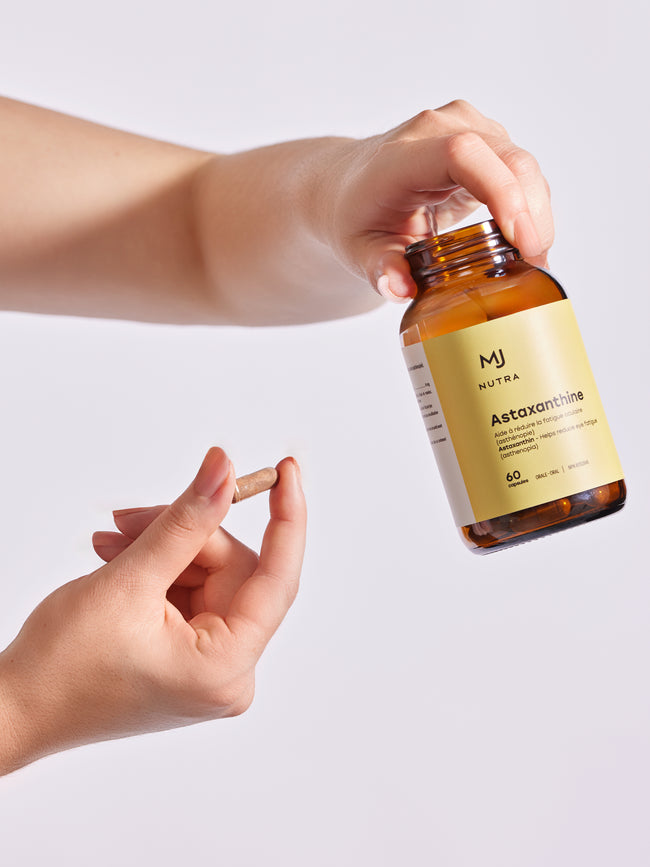

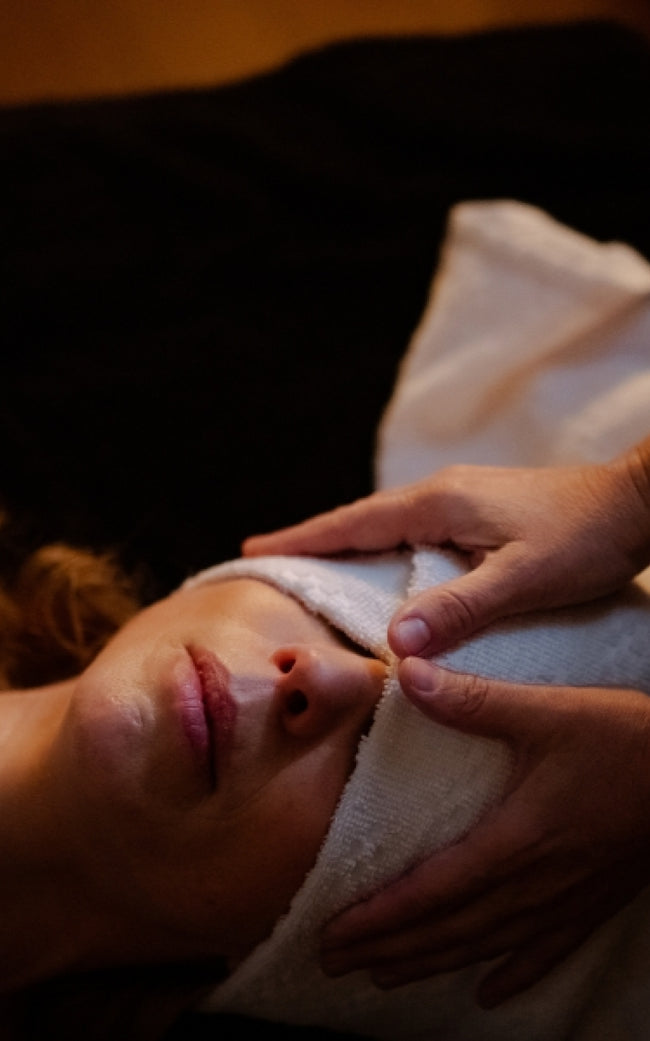









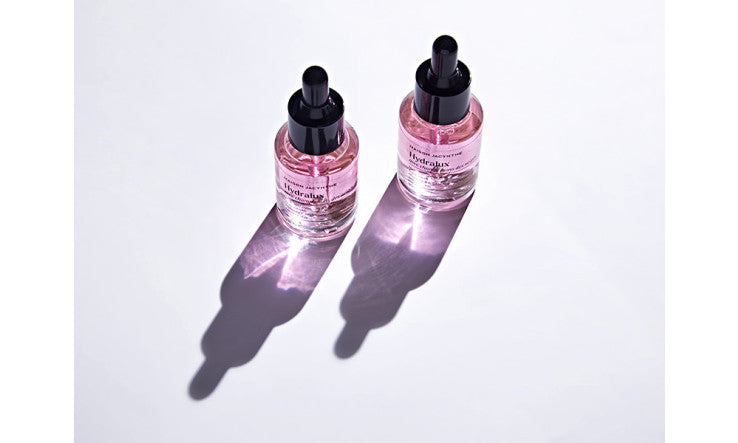






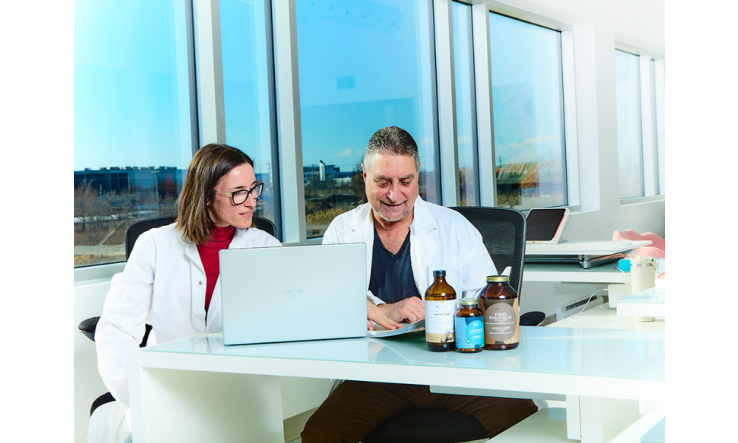




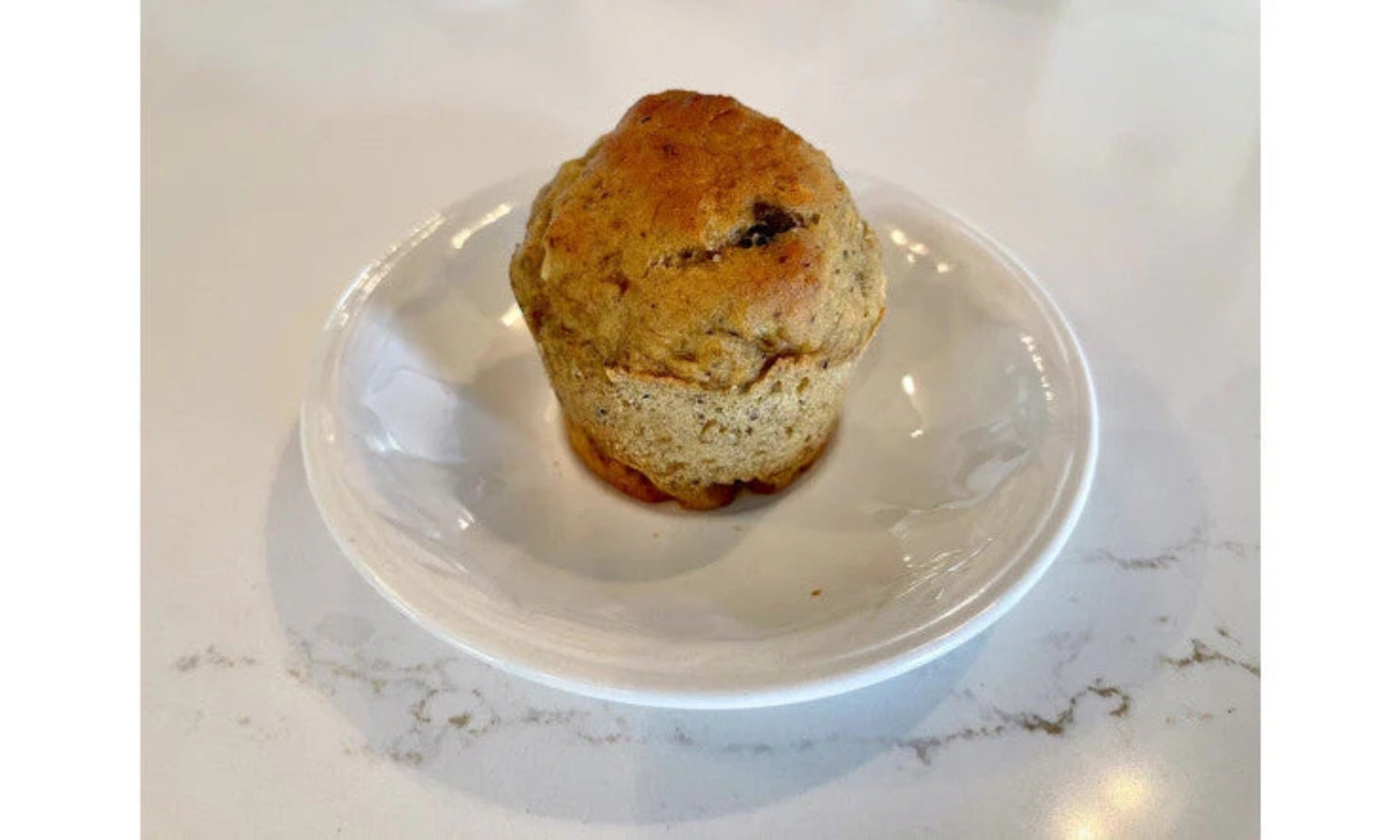

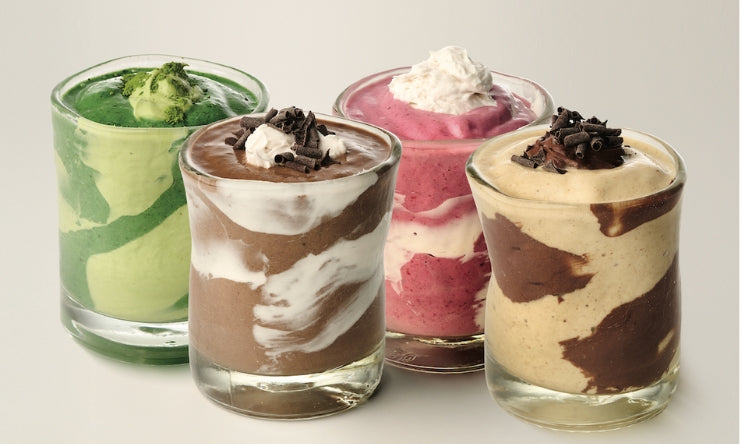




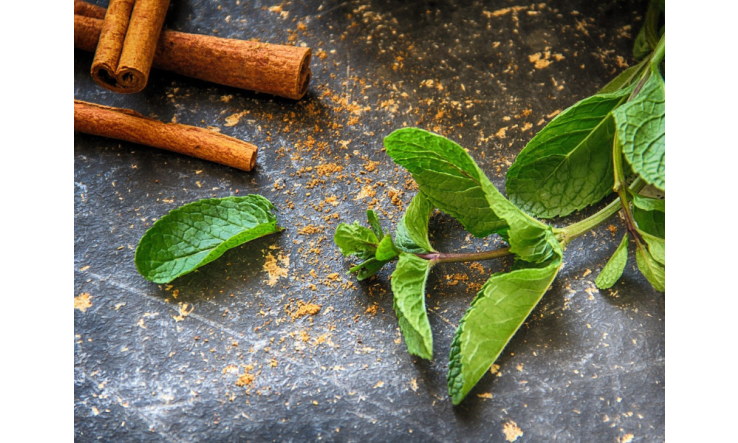







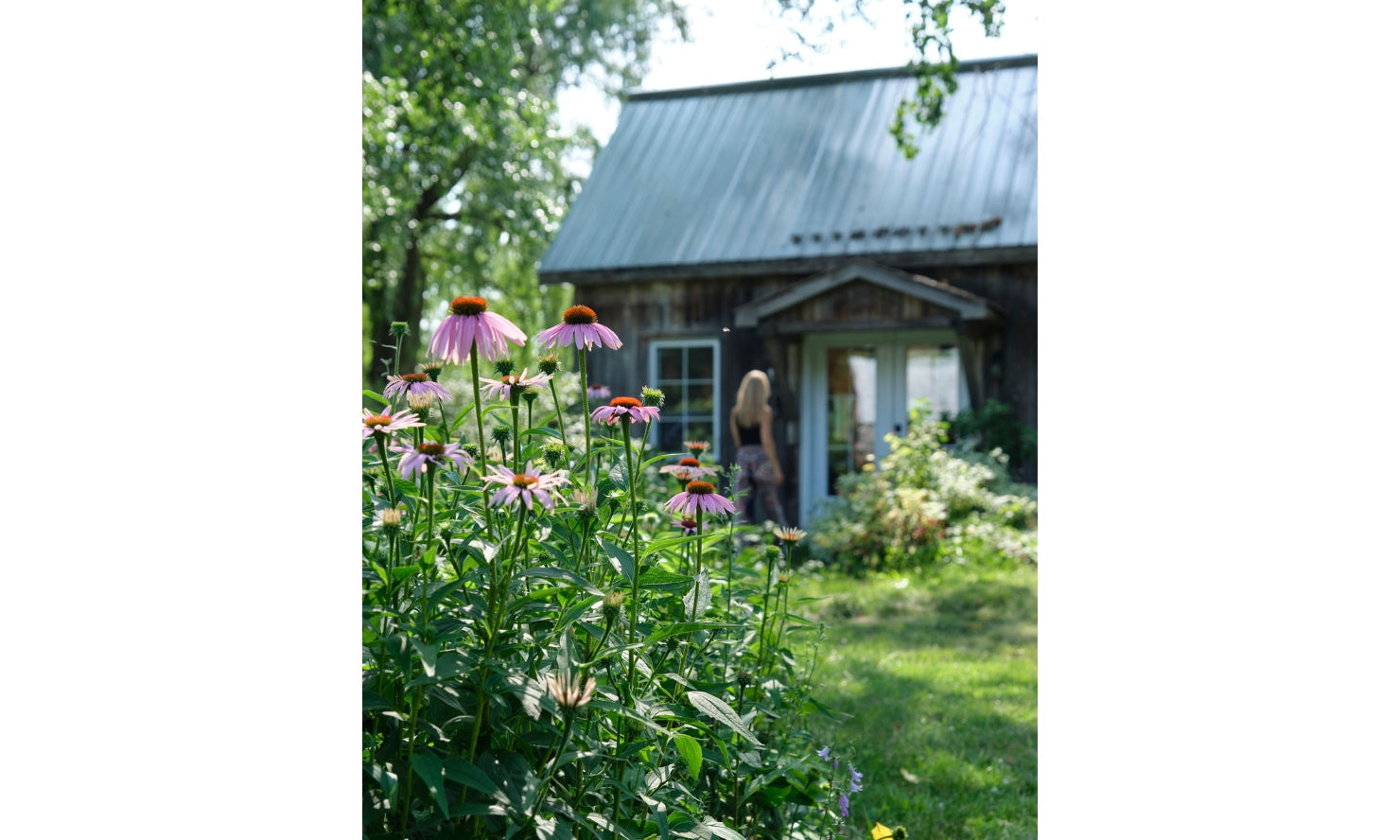
















Leave a comment